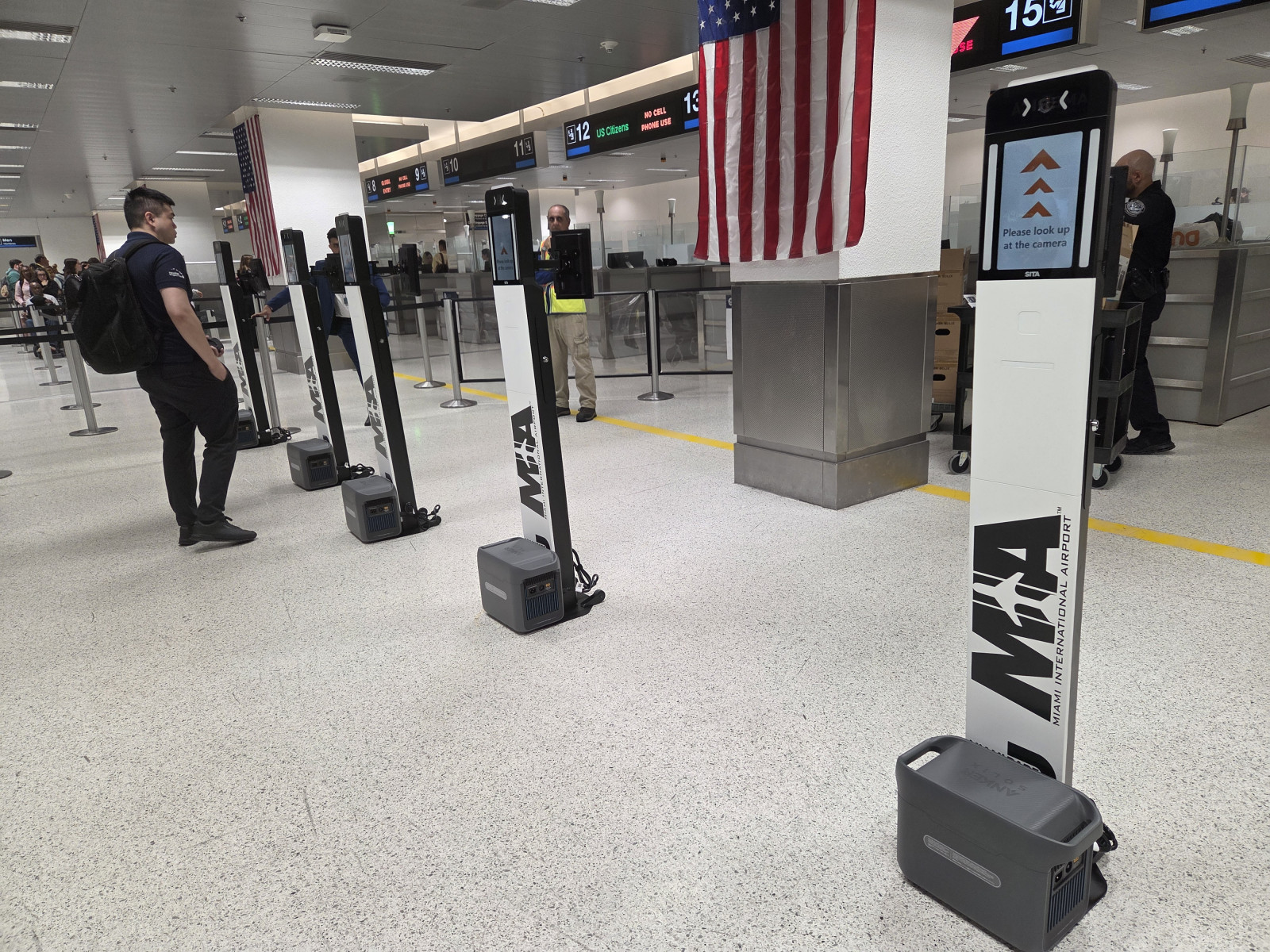Executives urged to prioritise people in AI adoption

August 17, 2025
by
Jonathan Andrews
A report from Bessemer Venture Partners, The AI Upskilling Guide for Executives, found that while most business leaders saw artificial intelligence as a driver of growth, very few organisations had embedded it effectively.
The study showed that 90 percent of executives thought AI could generate revenue and 77 percent believed they had to adopt it quickly to keep pace with competitors, yet only one percent said AI was fully integrated into workflows and producing substantial outcomes.
Despite this gap, investment was accelerating. Budgets for AI had doubled over the past year, with 60 percent of funding coming from standard allocations rather than experimental spending. The guide argued that successful AI adoption required as much focus on people and culture as on technology.
Leadership and culture
Introducing AI into operations required “skillful change management,” the report said. Sixty-four percent of CEOs believed success with AI depended more on employees’ adoption than on the technology itself, and organisations with high usage reported better returns on investment.
Susan Youngblood, Bessemer Operating Advisor and former HR leader at IBM and BNYMellon, contributed to the guide.
“CEOs led the AI transformation by setting a clear roadmap and objectives and fostering a company culture that embraced AI,” she said. “Communicating with employees throughout the AI adoption process–including talking honestly about mistakes made and new lessons learned–helped create a culture of trust and openness.”
The guide stressed that employees had to see tangible benefits in their work, have access to training, and trust leadership to address risks. When employees were treated as equal partners, they could highlight the best tools, test them, and mentor peers. By contrast, top-down messages that focused on threats–such as“use AI or become obsolete”–extinguished curiosity and reduced adoption.
Four phases of adoption
The report set out four phases of the change management process:
- Educate leaders: Executives experimented with AI tools themselves and kept up-to-date with new capabilities.
- Define clear objectives: AI was linked to measurable business goals rather than adopted for its own sake.
- Engage employees: Transparent communication, open forums, and feedback loops built trust and supported experimentation.
- Close skills gaps: Training was tailored to roles and workflows to ensure employees could use AI effectively.
Upskilling challenge
Upskilling was described as one of the biggest hurdles. Only 22 percent of executives strongly agreed their organisation had integrated AI knowledge into professional development, while nearly half of employees wanted more formal training. The guide warned against one-size-fits-all programmes, noting that effective initiatives had to teach staff how to use AI in their specific roles.
“AI upskilling had to be a top-line priority for the organisation and given the resources to match,” Youngblood said. “The CEO and other leaders had to signal that AI upskilling was a business imperative, not optional enrichment.”
The report also identified traits of effective programmes, including leadership prioritisation, credible and current data on skills, and training targeted to real use cases.
Governance and oversight
Boards were urged to play a stronger role. Only 58 percent of executives completed risk assessments of AI use in 2024, leaving many organisations exposed.
Youngblood noted: “Board-level oversight was crucial to ensure that the company’s investments in AI aligned with the strategy, supported leaders in appropriately weighing trade-offs and addressing risks, and helped put proper governance in place.”
Signals of success
The guide outlined early indicators of progress. Red flags included silence from employees when asked for feedback, poor training uptake, or AI use mandated from the top without consultation. Green flags included peer-to-peer sharing of use cases, active participation in training, and employees raising concerns and ideas openly.
Long-term transformation
The report concluded that the success of AI adoption depended on leadership commitment, trust, targeted learning, and a culture of experimentation.
“The rapid rise of AI pushed leaders into new, uncharted territory,” Youngblood said. “Many did not feel they had the relevant knowledge or experience to speak about AI with any authority. But leaders who were open, transparent, and willing to learn alongside their teams saw the greatest results.”
Image: Cateyeperspective | Dreamstime.com






